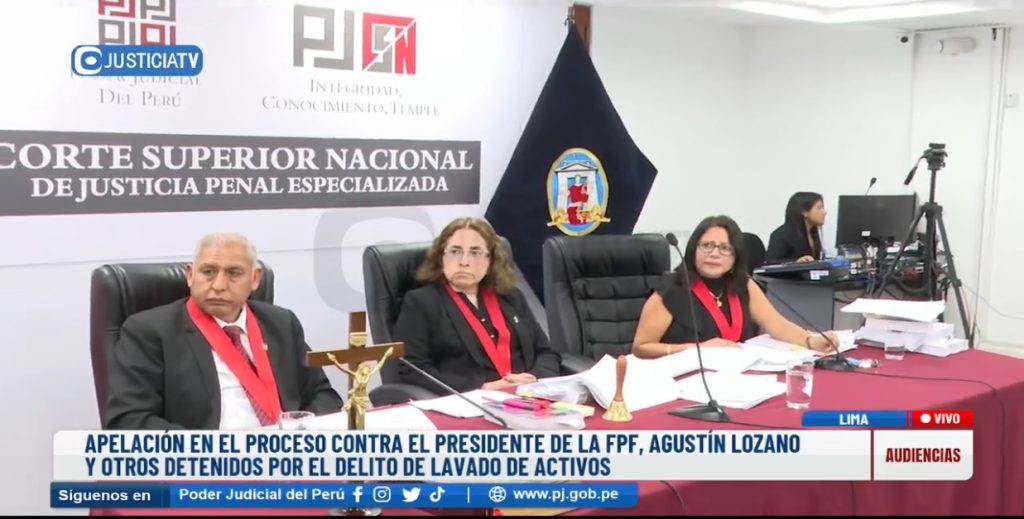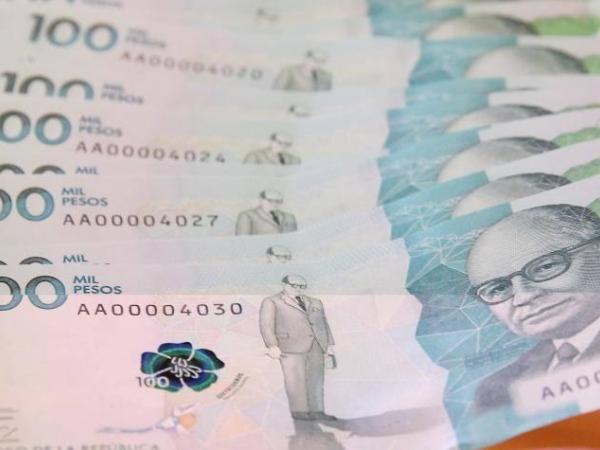The federal government proposes to spend, next year, greater resources on debt service than on items that are considered priorities, such as investment, health and education, in accordance with what is proposed in the Draft Expenditure Budget of the Federation (PPEF). ) 2025.
For the following year, the financial cost of the debt is expected to be 1.38 trillion pesos, 5.4% more in annual comparison. With this, debt service will be at 3.8% of the Gross Domestic Product (GDP), a historically high level.
In contrast, on the investment, health and education side, there were cuts in order to reduce the public deficit the following year, highlighted the Center for Economic and Budgetary Research (CIEP).
In the case of investment, both physical and financial are expected to total an amount of 996,914 million pesos, which represents a 14% drop compared to what was approved for this year, when spending soared before the argument of finishing the emblematic works of the past six years.
With the above, investment spending will be at a level of 2.8% of GDP.
In the case of health, resources will fall 11% to 918,447 million pesos, 2.5% of GDP, their lowest level since 2019, when the Covid-19 pandemic arrived in the country. Furthermore, it continues below the World Health Organization (WHO) recommendation of 6% of GDP.
In education, the government proposes a cut in spending by 1.2% compared to what was approved for this year, so the total resources available will be 1.1 trillion pesos, that is, 3.2% of GDP.
“This makes us understand that we were not responsible enough in the past and now we have to assume the consequences of those decisions. All debt generates interest. This year we went into a lot of debt, supposedly to finish priority infrastructure projects, and now we have to pay for those resources. And not only this year, but also from previous years we have accumulated debt,” explained José Luis Clavellina, CIEP researcher.
Partial tax consolidation
Alejandra Macías, general director of the CIEP, recalled that, previously, the goal of the Ministry of Finance was to reduce the Financial Requirements of the Public Sector (RFSP), the fiscal deficit, to a level of 3% from the projection of 5.9% of GDP at the end of this year; However, in the 2025 Economic Package it is proposed to be 3.9 percent.
“We already saw that it was a very complicated task because we have many committed expenses and low income. There were two options. One was to do tax reform or increase revenue in some way, while the second was to make spending cuts. The consolidation that is done is partial and is done through spending,” he noted.
The above, he added, puts public finances in a complicated situation because there were important spending sectors that will suffer cuts for the following year and, therefore, may affect the well-being of the Mexican population. “With these cuts, the part of inequalities and the part of institutional weakening can be deepened,” he asserted.
Each Mexican will owe 138,000 pesos the following year
The per capita debt, that is, the amount of public debt that would correspond to each Mexican citizen, will increase next year by double digits, indicated the Center for Economic and Budgetary Research (CIEP).
For the following year, each Mexican will owe 138,000 pesos of debt that has been contracted in both foreign and local currency, which represents a growth of 10.4% compared to what is estimated to be paid this year.
“It is necessary to integrate fiscal sustainability and intergenerational equity into the debt analysis and projections, which are still absent in this 2025 Economic Package,” stressed José Luis Clavellina, CIEP researcher.
According to what is projected by the Treasury, the SHRFSP will reach 18.59 billion pesos in 2025, 6.2% more than what was approved for this year.
“The increase in interest rates and the primary deficit increased the debt by 4.6% of GDP between 2023 and 2024, going from 46.8 to 51.4% of GDP. Despite the above, stability of the debt indicator is projected for the rest of the decade,” says the CIEP.
However, it mentions that the assumptions under which the above is based do not ensure fiscal sustainability and intergenerational equity in debt projections, especially considering scenarios related to the growing pressures of public spending due to population aging and previously acquired financial commitments. .















